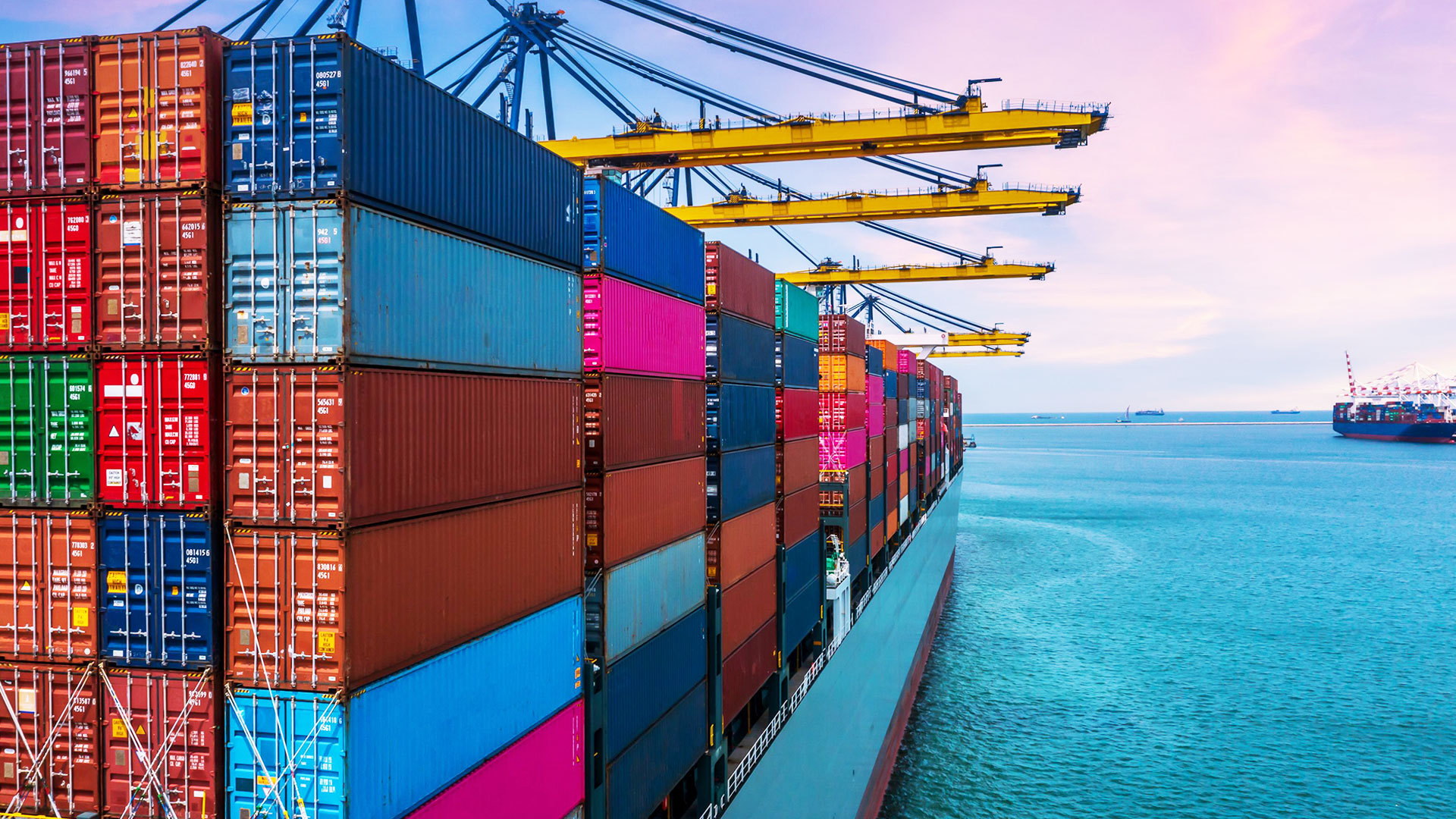Sea freight, also known as ocean freight, is the process of transporting goods by ship. At Sharp Blue, we offer affordable & reliable sea freight in Sydney, providing a cost-effective way to transport large quantities of goods, especially over long distances.
It is often used to transport goods from manufacturers in one country to distributors in another country. The goods are typically loaded onto a shipping container, which is then loaded onto a cargo ship. Upon reaching the port of destination, the shipping container can be transferred to a truck or train for transportation to its final destination. While sea freight is a slower mode of transportation compared to air, it is generally less expensive, making it an ideal choice for businesses looking to optimize their shipping costs.
There are several different types of sea freight services, including:
Full Container Load (FCL)
Less Than Container Load (LCL)
Roll-on/Roll-off (RoRo)
Breakbulk
In addition to these types of services, carriers may also offer value-added services, such as storage, customs clearance, and distribution.
The cost is usually calculated based on the volume or weight of the goods being shipped, the distance they are being transported, and the type of shipping service used. Other factors that can affect the cost include the type of cargo being shipped (e.g. hazardous materials may require special handling), the port of origin and destination, and any additional services required (e.g. customs clearance, insurance, etc.


